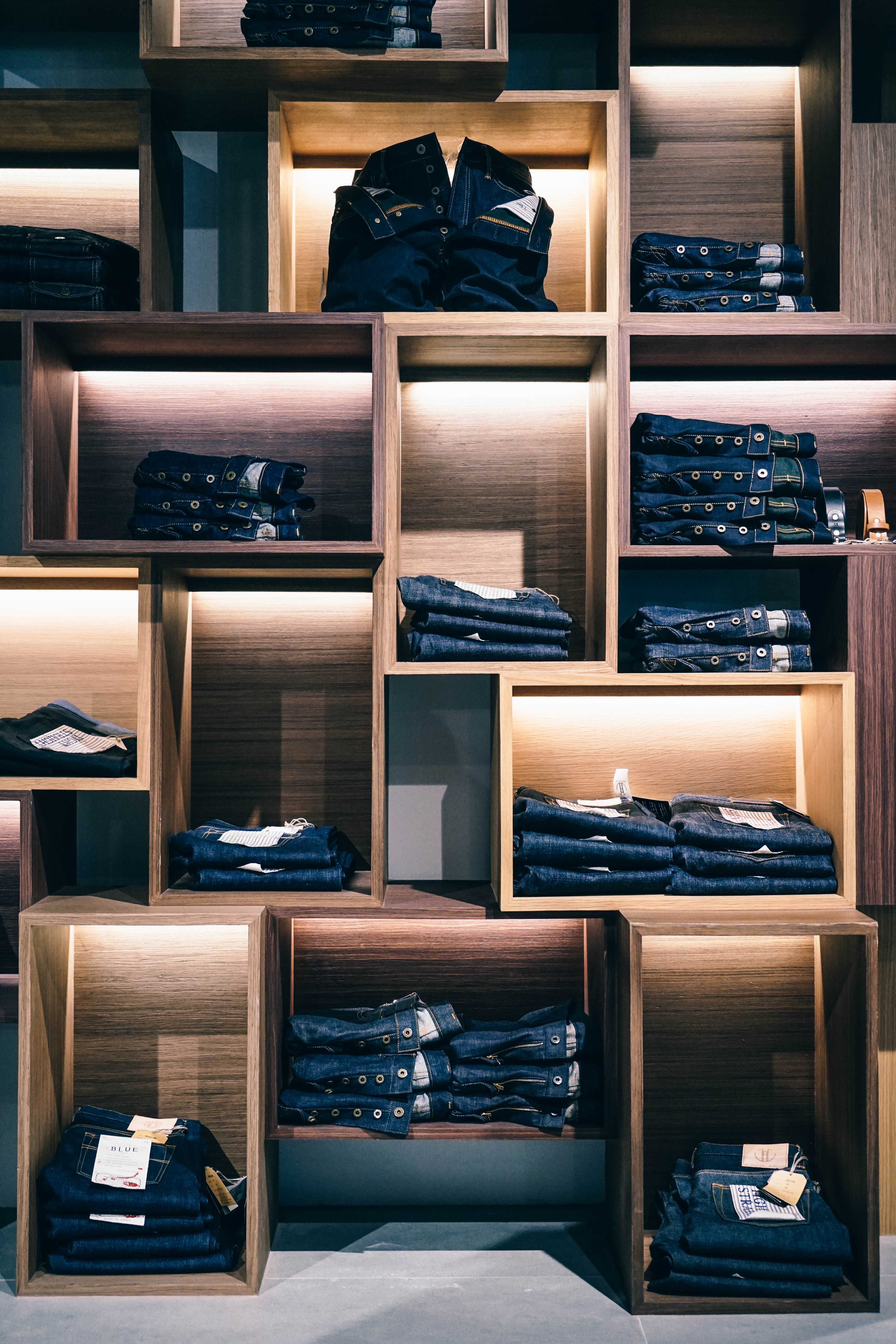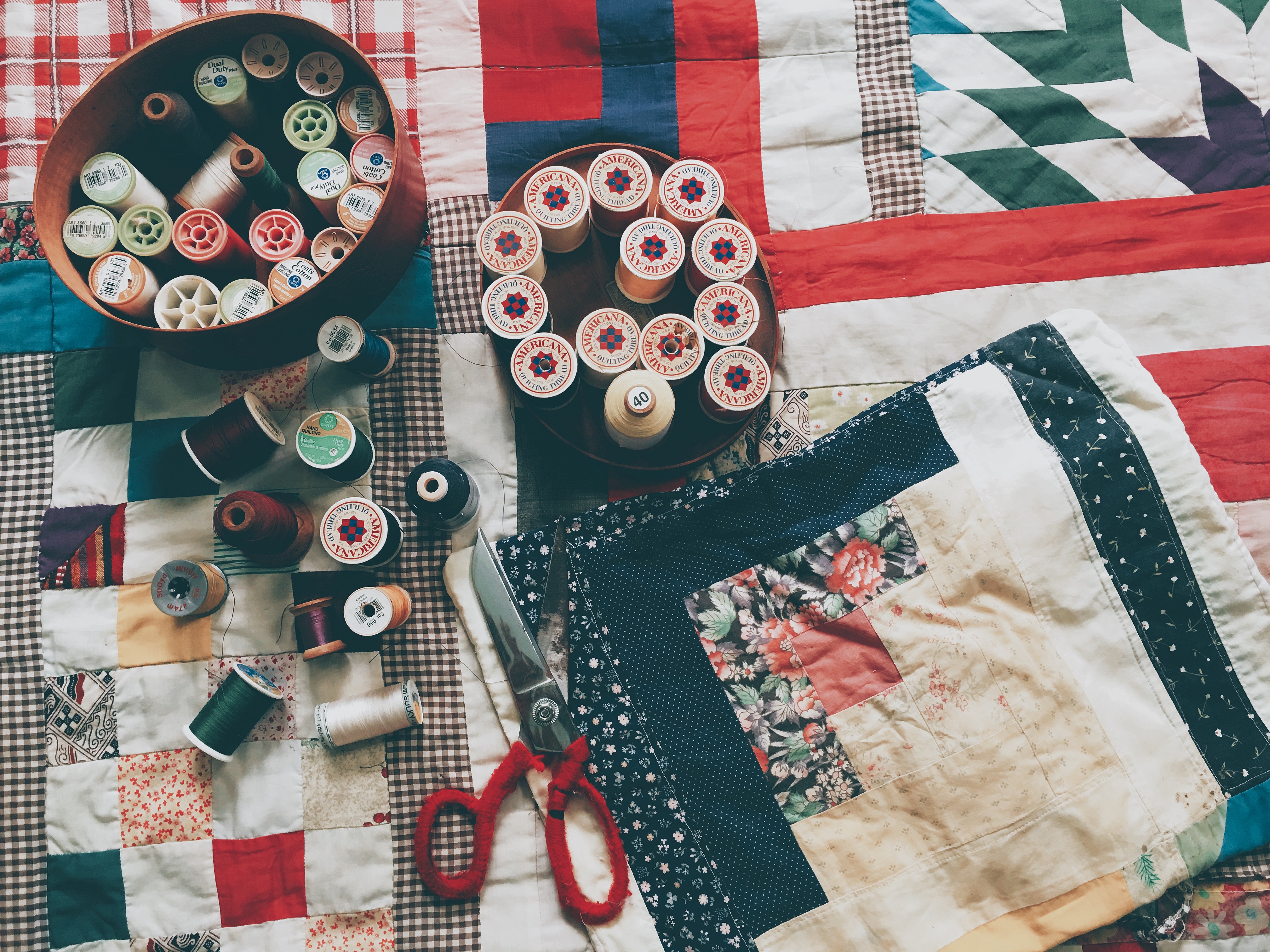Before we even start defining fashion intelligence and talking about better fashion choices, let me ask you a question.
Do you know what is the biggest organ of the human body?
It’s the skin! On average, the skin’s surface is 2 square meters. Two square meters of our body exposed to absorb chemicals that come our way?! Well, we protect ourselves by wearing clothes.
What does fashion intelligence actually mean?
Our fashion choices define fashion intelligence. What we wear greatly impacts our health and well-being but simultaneously the well-being of everyone else on the planet. Having this in mind, people with evident fashion intelligence understand they need to ask questions before choosing to purchase a piece of clothing. And this is what fashion intelligence comes down to – acknowledging the responsibility + acting accordingly.
I started thinking about the impact of my fashion choices only after watching the documentary The True Cost a couple of years ago. Never before had it crossed my mind: the production cycle of a piece of garment is much more complicated than I would’ve imagined. It involves many more hands than I could even predict. And also, the impact was much more profound than I wanted to believe.
I opened my wardrobe and I couldn’t see it the same way anymore. My favorite dress was staring back at me as a child forced into sewing it. That beloved T-shirt I got the previous year was the GMO cotton farm that pollutes the rivers in Bangladesh. And my most cherished tote bag was microfiber that was killing the fish in all the oceans.
The shocking truth made me reevaluate my fashion choices and start asking: “Do I really need this?” before buying anything.

As I was not able to see my clothes in the same way, it made me go even further. The pressure of fast-fashion made a choice inevitable: I needed to evaluate my fashion intelligence. After having all the facts in place and understanding why I was saying no to fast fashion, It was easy to make a list.
Before buying any piece of clothing, I reconsider these six things. Next time you go out for shopping, I encourage you to do it too.
1. Demand transparency for better fashion choices
Do you know where your clothes come from? Or at least who made them? Neither do most of the fast fashion companies.
- thirty-nine percent of all the apparel companies know where manufactured products originated;
- twenty-four percent know where textile was knit, dyed or woven;
- merely seven percent will know the provenance of their raw material;
These numbers terrified me.
While examining the matter further, I found out that Asia produces thirty-two percent of clothes sold worldwide. The more I was looking at the labels, less they were saying “Made in China” and more they were saying “Made in Thailand, the Philippines, Vietnam, Myanmar”. China is becoming expensive. This is why most of the Western apparel companies that outsource their labor are shifting to South-east Asia.
Why is it important for fashion intelligence to know the origin of your clothes?
When you know where your T-shirt comes from, you will also know what are the consequences of that purchase. Don’t be afraid to ask. You are entitled to know what your money empowers.
The process of a single garment creation is a long and complicated one. It starts with raw material manufactured into a textile. Later on, the clothes are designed and made. The following stage is shipping and retail. And lastly, use and disposal of the garment.
Many problems arise throughout the production process: child labor, low wages, unsafe and unsanitary working environment, pesticide poisoning, toxic dyes, just to name a few.

Try to find companies which you can trust and which show the origin or their primary fiber and production chain. These companies are transparent about wages and support fair trade and ethical production. Everlane is a good example of transparency. They break down the price so you can see how much each of the stages costs.
2. Think globally, buy locally
When we choose to buy locally, we support little businesses over multinationals. This cuts the transportation costs as well as lowers the carbon footprint of the garment produced locally instead of in Asia.
The second thing I am referring to when I say “think globally” is the overall impact of the apparel industry elsewhere. Globalization means your favorite pair of jeans traveled around the world before ending up in a local store. It also means the textile industry polluted 70 percent of the waterways in the north of China and is responsible for the reduction of the Aral Sea to a tenth of the size compared to fifty years ago.
And let’s not forget river Citarum in Indonesia, officially one of the most polluted rivers in the world. Greenpeace states that almost seventy percent of the industrial facilities along the river produce textile and the toxic dyes released into the river stream endanger the lives of five million people.

3. Buy natural
Natural materials are good for the skin but also for the environment. Synthetic materials like nylon, polyester, and acrylic need approximately 1,000 years to disintegrate. Their production process affects the climate change. Nylon production gives off great quantities of nitrous oxide, a greenhouse gas 300 times more powerful than carbon dioxide.
The synthetic materials also pollute our waters. Ecologist Michael Browne researched shorelines worldwide to discover tiny, synthetic fibers everywhere. The highest concentration was around the sewage discharge meaning only one thing: they were coming from us. Apparently, eighty-five percent of synthetic threads originated from our nylon and acrylic clothes. During a lifetime of a single garment around 2,000 individual microfibers get washed away into the ocean.

When discussing natural materials, you will often hear cotton. There are a number of reasons cotton shouldn’t be your first choice.
According to research, ninety percent of world cotton is genetically modified. Cotton is often abundantly treated with pesticides and further processed employing toxic dyes in the manufacturing process. The two-point-four percent of farmlands under cotton use a quarter of all the insecticides and a tenth of all the chemicals utilized in agriculture.
If you decide on organic cotton instead, it can still take up to 18,927 liters to fabricate just a T-shirt and a pair of jeans. The estimated annual impact of a household’s clothing would equal the quantity of water needed to fill a thousand bathtubs and the CO2 emission to drive a car for 9,656 kilometers.
Even though not perfectly sustainable, natural materials are still better for our skin:
- wool
- hemp
- silk
- jute
- cashmere
- alpaca
- cotton
- bamboo
4. Value quality, not quantity
Clothes are not supposed to be this cheap! Hasn’t that crossed your mind?
When I decided I wanted to support slow fashion and make better fashion choices, I started searching for companies that pay their skilled artisans fairly, whose artisans work in clean and safe environments and whose products last to be mended and reused.
I found NICE consumer project coordinated by Nordic Fashion Association and BSR. The aim of the project is to bring changes to business practices and government policies and encourage consumers to buy more sustainably. In addition to that, Sustainable Apparel Coalition made guidelines for businesses to measure their sustainability impact in all phases of clothing production. Higgs index precisely calculates product’s or company’s sustainability performance. It encourages transparency and assures liability.
The main issue in the apparel industry nowadays is the short lifecycle of a garment. The average lifetime of an item is three years! That’s two times less than fifteen years ago. With every three months added to the item’s lifetime, the environmental impact decreases five times.
We should insist on the quality of the products we buy. If we buy fewer clothes that can be worn for years and would still look as new instead of many that we never wear, we would possess items of higher quality that are safe for our skin and the environment.
5. Reuse, repurpose
Clothing production doubled in the period 2000-2014 generating 150 billion clothing items per year. It’s officially one of the dirtiest industry emitting 2 million tons of CO2, second to the oil industry. The fashion industry became so fast that 1.1 billion kg (2,5 billion pounds) end up at landfills every year.
Even though textile recycling comes with a positive social, economic and environmental aspect, we still do not possess the technology to make clothes recycling commercially viable (Greenpeace, November 2016). Most clothes are sold during Black Friday shopping spree. And the pressure is so big that we as consumers don’t even think about the consequences of our fashion choices. We don’t get the time to think whether we really need it and whether we’ll ever wear it. The promise of discounts and limited offers hypnotizes us. Shockingly enough, over 70% of world’s population wears second-hand clothing.

A response for better fashion choices to Black Friday that has arisen all over the world is called “Buy Nothing Day“. Have you heard of it? Personally, I think that people should support what they believe in through their everyday actions. I believe explaining kindly to your neighbor why you stand by your shopping choices
6. Simply say no
The value of the fashion industry is estimated at 3.000 billion dollars.
The cheaper the production of a single garment gets and the more articles we buy, the more profit the industry makes. Fast fashion has instilled the culture of buying the products we don’t need. And everybody is doing it. This is why it’s so easy to be pulled into this vicious circle of buying and tossing.
We don’t have to buy it just because it’s there. When the demand stops, the supply will follow.
Learn to say no.

Let me hear your thoughts on fashion intelligence! What are your better fashion choices? Do you have any alternatives to suggest? How can we become more aware as consumers?
Source:
